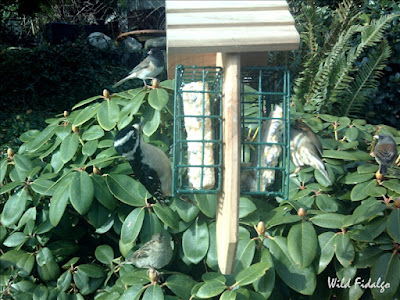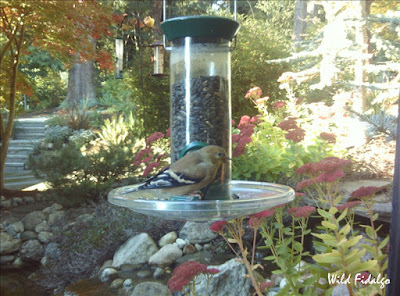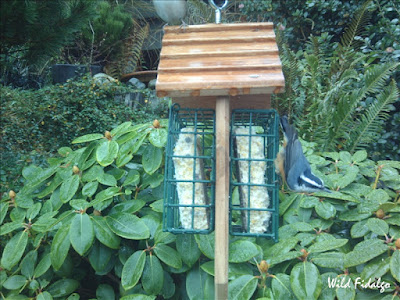Bald Eagle

Bald Eagle ( Haliaeetus leucocephalus ) I am going to brag a little here. I live in a place that is regularly visited by Bald Eagles ( Haliaeetus leucocephalus ). It is a joy every time. Both this and the next photo were shot from my yard this weekend. There are two hunting perches, one on each side of the property, that afford them a good view of Skagit Bay . They come almost every day, announcing their arrival with their chattering calls. They don't seem to mind if I am working in the yard. I like believing they feel comfortable and safe here. They often come in pairs to spend time on the perches. Sometimes, they just come to loaf. Spring is courtship season and that also happens in my trees. Talk about a ruckus when that's going on. This also involves cartwheeling free falls high over Skagit Bay, with talons locked together. They don't nest on South Fidalgo. The actual location of their nests, how...











